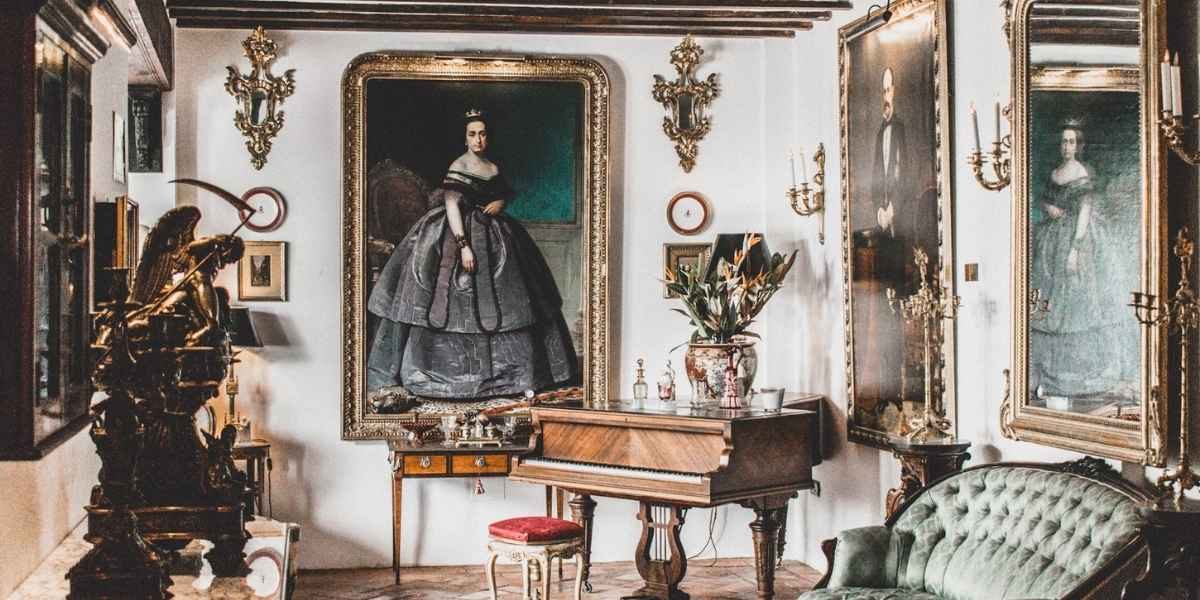The world of art collecting is evolving, with shifting trends, emerging artists, and new investment strategies shaping the market. Whether acquiring a first piece or expanding an established collection, understanding the nuances of value, authenticity, and market behavior is essential. Experts emphasize that success in art collecting requires a mix of passion, research, and strategic decision-making.
Read More: How Russian Manicures Are Redefining Nail Care
How Should New Collectors Approach Art Buying?
Entering the art world can be overwhelming, especially with countless styles, mediums, and price ranges. Experts suggest beginning with a focus on personal taste and artistic resonance rather than purely financial motives. While art can be a lucrative investment, the most rewarding collections are built around genuine appreciation.
Attending exhibitions, gallery openings, and auctions provides exposure to different movements and emerging artists. Engaging with curators and collectors offers valuable insight into the market while helping to refine an eye for quality and originality. Studying past sales and researching historical appreciation patterns can also guide purchasing decisions, ensuring a balance between aesthetic appeal and potential value growth.
What Role Does Authenticity Play in Art Collecting?
Authenticity determines both the financial worth and historical significance of an artwork. Experts warn that forged or misattributed pieces circulate in the market, making provenance research a crucial step in any acquisition. Documentation, including certificates of authenticity, previous ownership records, and gallery representations, serves as critical proof of legitimacy.
For high-value purchases, professionals recommend consulting specialists who can conduct detailed analyses, including forensic testing and stylistic evaluations. Even with modern verification tools, a trained eye remains one of the most reliable methods of distinguishing genuine works from reproductions. Understanding the artist’s typical techniques, materials, and stylistic evolution can prevent costly mistakes.
How Can Art Collecting Be a Smart Investment?
While personal enjoyment should be the primary motivation, financial potential is an important aspect of collecting. Art investments differ from traditional assets due to their long-term appreciation and market fluctuations. Experts advise focusing on artists with growing reputations, as their works tend to gain value over time.
Emerging artists often present an opportunity for early investments before their market demand surges. Keeping track of art fairs, biennials, and gallery representations can indicate which names are gaining traction. However, diversification remains key—balancing established artists with rising talents mitigates risk while maintaining an engaging collection.
Market conditions, economic factors, and cultural shifts all influence art valuation. Unlike stocks or real estate, art lacks immediate liquidity, making strategic acquisition timing essential. Collectors who monitor trends and maintain relationships with industry professionals often find themselves ahead of market shifts, optimizing their portfolios for long-term gains.
What Are the Best Ways to Preserve and Display Art?
Proper care ensures that pieces remain in pristine condition, retaining both aesthetic and financial value. Experts emphasize that environmental factors such as light exposure, humidity, and temperature can cause deterioration if not controlled.
Framing with UV-protective glass and using museum-quality materials can prevent fading and damage. Sculptures and mixed-media works may require specialized cases or stands to avoid warping or structural weakening. Digital art and NFT-based works demand secure storage solutions, ensuring long-term accessibility and authenticity verification.
When displaying art, positioning plays a crucial role. Hanging pieces at eye level with balanced spacing enhances visual impact while maintaining professional presentation. Rotating displays not only refreshes a collection’s aesthetic but also prevents overexposure of delicate works to light and air conditions.
How Will Art Collecting Trends Evolve in 2025?
The upcoming year will see continued shifts in art consumption, with technology, sustainability, and diversity influencing the landscape. AI-driven curation tools and virtual reality exhibitions will expand accessibility, allowing collectors to engage with artists and galleries worldwide.
Eco-conscious collecting is also gaining momentum, with buyers favoring artists who incorporate sustainable practices. Recycled materials, eco-friendly pigments, and digital works requiring minimal physical resources align with the growing demand for environmentally responsible art.
Read More: The Role of Emotional Regulation in Mental Health
Greater recognition of underrepresented artists is reshaping the market, as collectors seek to broaden cultural narratives within their collections. This diversification is not only ethically significant but also enhances investment potential as demand for diverse perspectives increases.
Published by Drake M.







